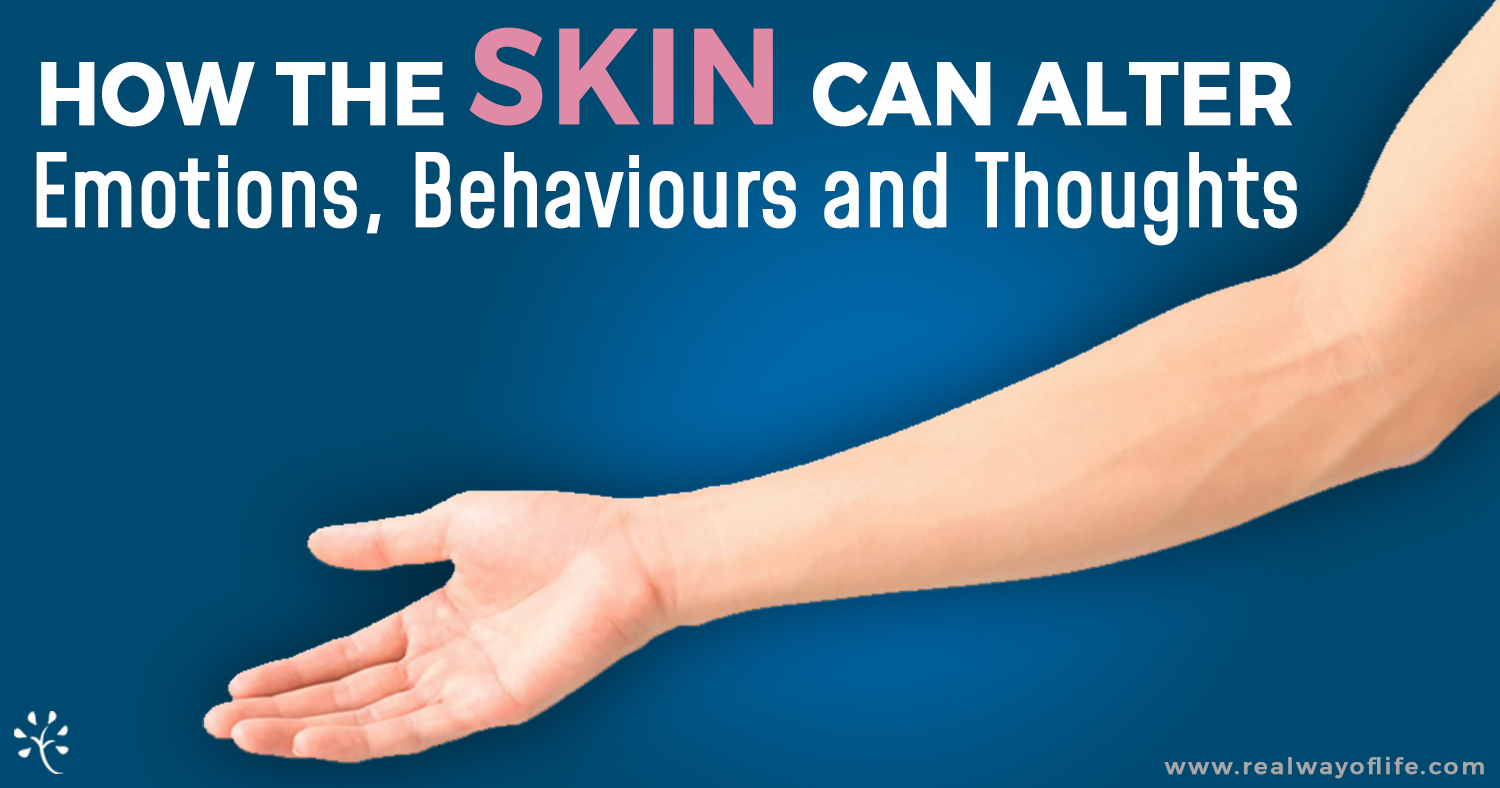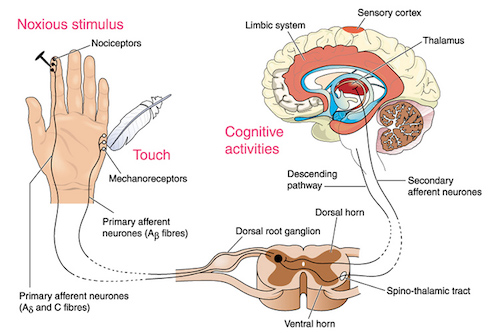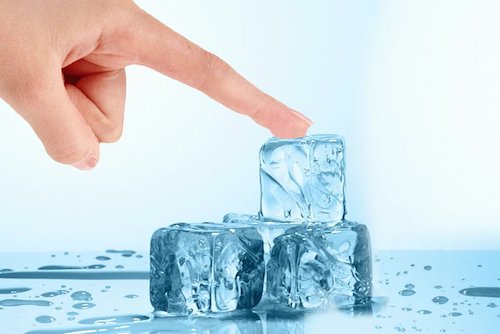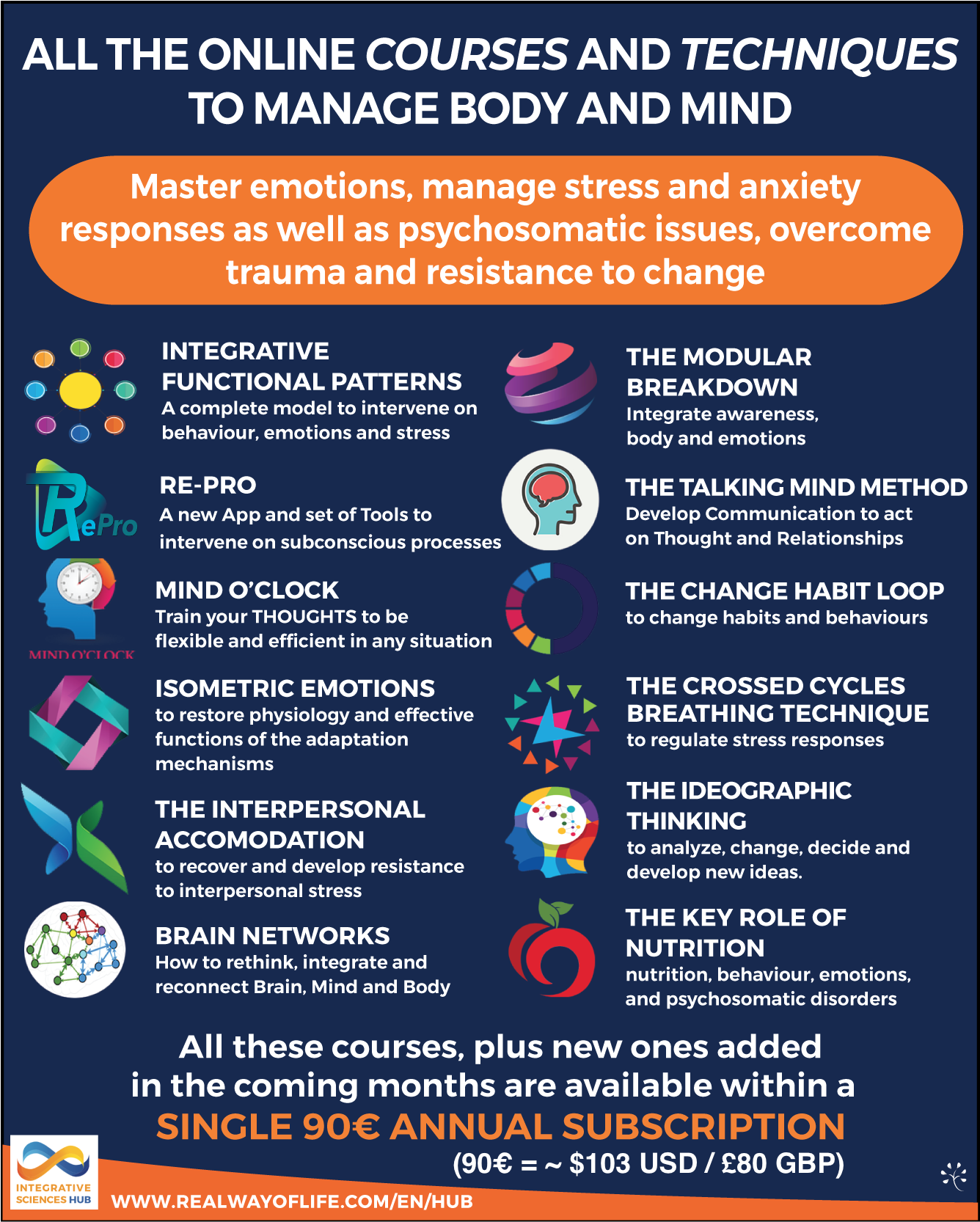
25 Feb How the skin can alter Emotions, Behaviours and Thoughts: the Reboot Techniques
In light of what analysed in previous articles and videos, during the initial phases at the start of any type of behaviour, emotional reaction or a decision, there is a sensory perception -whether internal or external- that plays a key role.
The strength and clarity with which we perceive external or internal signals, discriminating features and a series of contextual clues can make a difference on the actions we are about to take.

The term Reboot Techniques metaphorically refers to the way you restart a computer when an application freezes or won’t work properly (i.e. when you have to hit Control+Alt+Delete to restart). We have in fact gathered a series of hacks and strategies that favour correct sensory perception and the physiological functioning of the early phases of evaluation of a situation that requires adaptation that can trigger reactions such as stress, learning, behaviour or decision making.
The core idea is to use the neurobiological processes and systems that are at the core of these evaluations to favour them.
The ways and mechanisms of action
Starting from the perception process at the beginning of any adaptation (stress, emotion, social and power dynamics, etc.) and development (learning, evolutionary relationships, etc.) process, it is useful to understand the way the different sensory organs behave, their integrative processes with our other systems and how to use this to our advantage.
We have a number of sensory receptors on our skin that are specialised in perceiving different sensations such as hot or cold, pressure, stretching, folding (such as that of a pinch), burning, caressing, itchiness and so forth (Craig, 2015).
 There are different receptors depending on skin layer level just as in every other organ. There are, therefore, temperature receptors on the surface of the skin that perceive environmental factors and the temperature of what we touch, but also different ones in the first sub-stratum of skin which register slightly different temperatures and carefully regulate circulation taking into account the readings from different depths of skin layers.
There are different receptors depending on skin layer level just as in every other organ. There are, therefore, temperature receptors on the surface of the skin that perceive environmental factors and the temperature of what we touch, but also different ones in the first sub-stratum of skin which register slightly different temperatures and carefully regulate circulation taking into account the readings from different depths of skin layers.
Another important feature to use to our advantage is the fact that there are entirely separate receptors and somatosensory systems for discriminative-exploratory touch and for emotional touch. Without going into too much detail about the neural and integrative paths that interact with all the systems described in the Detection, Labelling and Evaluation phases, it’s important to note that:
- The discriminative-explorative pathway starts in naturally hairless skin, such as palms and foot soles, as far as our purposes are concerned.
- On the other hand, the emotional-affective pathway starts from areas covered in hair, including the invisible fine hair that covers most of the body.
 These two pathways have very different impacts:
These two pathways have very different impacts:
- The first represents a sensory base for somatomotor activity and has little emotional, homeostatic and motivational meaning;
- The second, instead, represents the sensory basis for autonomic activity and is charged with emotional, homeostatic and motivational meaning.
These features allow us to give salient signals or, in other words, ones that are strong enough to be felt and therefore to activate the process of detection that could otherwise be by-passed or altered by states of hyper-activation or by the superimposition of beliefs and predictions.
One way to provide this signal is to offer unnatural and incoherent signals that our system doesn’t recognise driving it to verify any subsequent signals very carefully.
Another way is that of amplifying or limiting the sensory spectrum.
Let’s look at some strategies to achieve these processes.
Contrasting Signals

Hot and cold receptors are unable to perceive two opposing stimuli at short distances from one another because in nature these do not exist. In the lab it’s possible to analyse this phenomenon by resting hands on a series of hot and cold metal bars. The brain struggles to register this anomaly and has to carefully evaluate the information that follows on from this experience activating what we’ve called a reboot.
In daily life we can recreate this sensation by touching two different pieces of metal (such as a key ring or a piece of cutlery) straight out of the fridge, or hot water, with the same hand.
You only need a few seconds to reach the required objective. You can receive a significant stimulus within 7-8 seconds, while after 20-30 seconds it is possible to perceive different nuances and to favour an integration between sensory and cognitive awareness via focused concentration.
Let’s recall all the variables at play which we analysed. As we’ve seen there are different receptors and sensations, at varying depth levels. Paying attention to the boundaries between hot and burning sensations, how these connect to a feeling of stronger or weaker pressure, are all increasing stimuli that activate- and over time develop- growing levels of sensory awareness.
Another important factor to work on relates to activated sensory pathways. This stimulus can, in fact, have different effects if it acts on the palm of a hand (which activates the discriminatory-explorative pathway) or the back of the hand (which activates the emotional-affective pathway).
They can be activated separately in a targeted way depending on the event we are working on or they can be activated at the same time to maximise activation and train the subject to distinguish between the different factors at play.
In short:
- It is useful to stimulate the discriminative-exploratory pathway when this reboot technique is used before an event that requires high concentration and attention to detail, focus, analysis of information or exploratory behaviour.
- By contrast it is interesting to stimulate the emotional-affective pathway before an interpersonal meeting in which it is difficult to evaluate signals of trust, protection or manipulation.
To activate both pathways I can simply double the metal bars and apply them to both the palm and the back of the hand. Alternatively, I can create contrasting conditions such as hot on the back and cold on the palm of the hand.
I encourage you to use creativity to the outmost with the people you are working when it comes to the tools you use, limiting your attention to the maximum and minimum temperature only: you only need a few degrees to get a good signal and you needn’t cause discomfort!
For example, it’s possible to create a strong sensation by holding an ice-cube in a closed palm while you place your fist under a stream of hot water.
In this instance you provide contrasting, multi-sensory and evolving signals. As the ice melts, softening the edges of the ice cube and changing its shape and form (mechanical and pressure stimuli on the skin), it morphs into tepid water which creates a third type of feeling of heat which is different to the two previous ones, all in combination with the slipperiness of the ice cube.
We started off presenting these exercises as reboot techniques whose function it is to reactivate correct processes of sensory evaluation and to avoid the superimposition of incorrect beliefs and forecasts. It is also possible to use these as exploratory activities to increase awareness and gradually boost mastery over self-regulation processes.
To do this you can ask the subject to pay attention to sensory changes such as the transitions between pleasure and pain, between sense of control and letting thoughts and emotions flow freely, between changing emotions and thoughts, the activation of physical reactions such as tachycardia, the tensing of muscles away from a painful feeling, grimacing and other variants.
You can access a guide to explore these phenomena further in a structured way in different HUB modules.
We have focused on the hot-cold combination, but it is possible to leverage this same process with other sensations. It is possible, for example to use the experience of touching smooth and rough surfaces, sticky or slippery ones. You can achieve this by using different types of paper or packaging tape, masking tape, crepe paper, fabric, wood or various other materials.
Amplifications and limitations
The other group of strategies that favour efficiency and accuracy of sensory processes at the core of adaptation, emotional or behavioural responses, are based on the amplification and limitation of the intensity of perception.
There are various ways to achieve this. You can discover more in the Integrative Functional Patterns online course.




